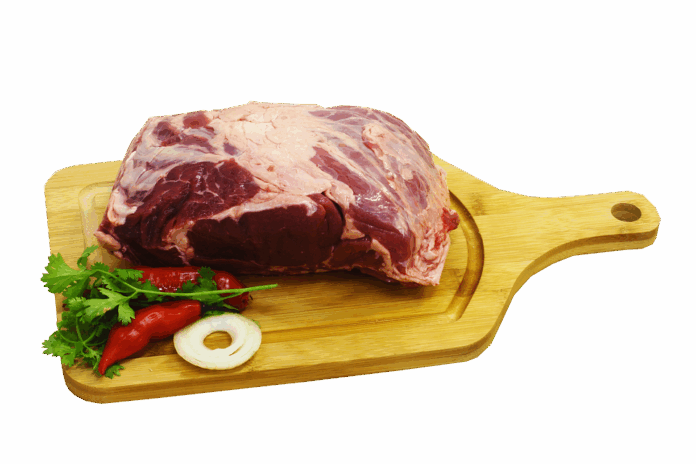**Lab-Grown and Cultivated Meat Disrupting Traditional Meat Markets**
**Introduction**
The global meat industry is undergoing a significant transformation with the rise of lab-grown and cultivated meat. This innovative technology is disrupting traditional meat markets and challenging the status quo of animal agriculture. In this report, we will explore how lab-grown and cultivated meat are changing the landscape of the meat industry, the financial implications for traditional meat producers, and the key players in this emerging sector.
**The Rise of Lab-Grown and Cultivated Meat**
Lab-grown meat, also known as cultured meat or cell-based meat, is produced by culturing animal cells in a lab setting to create meat products without the need for animal slaughter. Cultivated meat, on the other hand, is produced by growing animal cells in a controlled environment outside of an animal’s body. Both technologies offer a more sustainable and ethical alternative to traditional meat production methods.
**The Environmental Impact**
One of the key drivers behind the growing popularity of lab-grown and cultivated meat is their potential to reduce the environmental impact of meat production. Traditional animal agriculture is a major contributor to greenhouse gas emissions, deforestation, and water pollution. By producing meat in a lab setting, these technologies have the potential to significantly lower the carbon footprint of the meat industry.
**Financial Implications for Traditional Meat Producers**
The rise of lab-grown and cultivated meat poses a significant threat to traditional meat producers. As consumer awareness of the environmental and ethical issues surrounding meat production grows, there is a shift towards plant-based and alternative protein sources. This trend is putting pressure on traditional meat producers to adapt to changing consumer preferences or risk losing market share.
**Industry Insights**
The lab-grown meat market is still in its early stages, but several companies are leading the way in this emerging sector. Memphis Meats, a California-based company, is one of the pioneers in lab-grown meat production and has attracted significant investment from venture capitalists and major food companies. Another key player in the industry is Mosa Meat, a Dutch company known for creating the world’s first lab-grown burger.
**Financial Data**
According to a report by Meticulous Research, the global lab-grown meat market is projected to reach $20.0 million by 2027, growing at a CAGR of 15.7% from 2020 to 2027. This significant growth is driven by increasing consumer demand for sustainable and ethical meat alternatives. Traditional meat producers are taking notice of this trend and are starting to invest in alternative protein sources to stay competitive in the market.
**Challenges and Opportunities**
While lab-grown and cultivated meat offer promising solutions to the environmental and ethical issues of traditional meat production, there are still challenges to overcome. One of the main obstacles is the high production cost of lab-grown meat, which currently makes it more expensive than traditional meat products. However, as technology advances and production scales up, the cost of lab-grown meat is expected to decrease, making it more accessible to consumers.
**Conclusion**
In conclusion, lab-grown and cultivated meat are disrupting traditional meat markets and challenging the status quo of animal agriculture. These innovative technologies offer a more sustainable and ethical alternative to traditional meat production methods, driving consumer demand for meat alternatives. While there are still challenges to overcome, the rise of lab-grown and cultivated meat represents a significant shift in the meat industry towards more sustainable and ethical practices. Traditional meat producers will need to adapt to these changing market dynamics to stay competitive in the evolving landscape of the meat industry.




